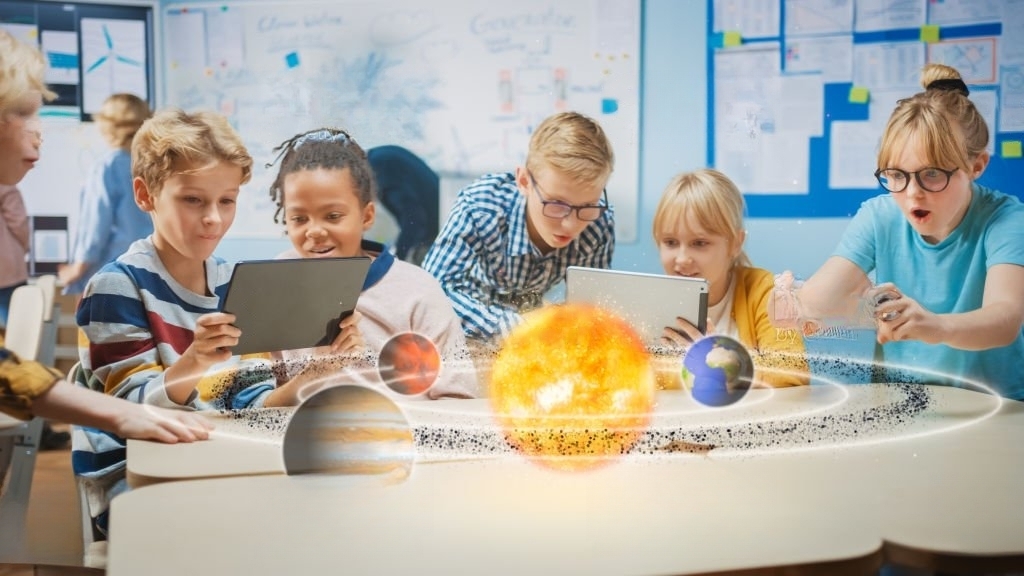Virtual reality (VR) can greatly enhance the study of space science by providing immersive and interactive experiences that simulate the conditions and environments of outer space. Here’s how VR can contribute to the study of space science:
- Astronomical Visualization: VR enables users to explore the vastness of space and visualize astronomical objects like planets, stars, galaxies, and nebulae in a three-dimensional space. It allows for a more immersive and realistic representation of celestial bodies, aiding in understanding their structures, distances, and movements.
- Spacecraft Simulation: VR can simulate the experience of piloting a spacecraft or rover, allowing researchers and students to virtually explore celestial bodies like the Moon, Mars, or distant planets. It provides a hands-on experience of maneuvering through space and conducting scientific observations, contributing to space mission planning and training.
- Spacewalk Simulations: VR can recreate the experience of extravehicular activities (EVAs) or spacewalks. It offers a realistic simulation of the weightless environment, allowing astronauts, researchers, and students to practice tasks such as repairs, scientific experiments, or maintenance on space stations or spacecraft.
- Educational Content: VR can present educational content in a visually engaging and interactive manner. It can deliver virtual lectures, tutorials, or guided tours of space-related topics, allowing users to explore concepts like stellar evolution, planetary systems, or the formation of galaxies. This immersive approach enhances learning and retention.
- Data Visualization: VR can be used to visualize complex astronomical data, such as telescope observations or simulations of cosmic phenomena. It enables researchers to explore large datasets in three-dimensional space, uncover patterns, and gain new insights into space science phenomena.
- Collaborative Experiences: VR offers the potential for collaborative experiences, where multiple users can interact and study space science together in a virtual environment. Researchers and students from different locations can collaborate, share findings, and engage in virtual experiments or discussions.
- Space Tourism and Public Engagement: VR experiences can provide the general public with virtual space tourism opportunities, allowing them to explore iconic space locations like the International Space Station or the surface of the Moon. It can generate interest and excitement about space science, inspiring future generations of space enthusiasts and researchers.
By leveraging the immersive capabilities of VR, the study of space science can be greatly enhanced, enabling researchers, students, and the general public to explore and understand the wonders of the universe in new and exciting ways.










